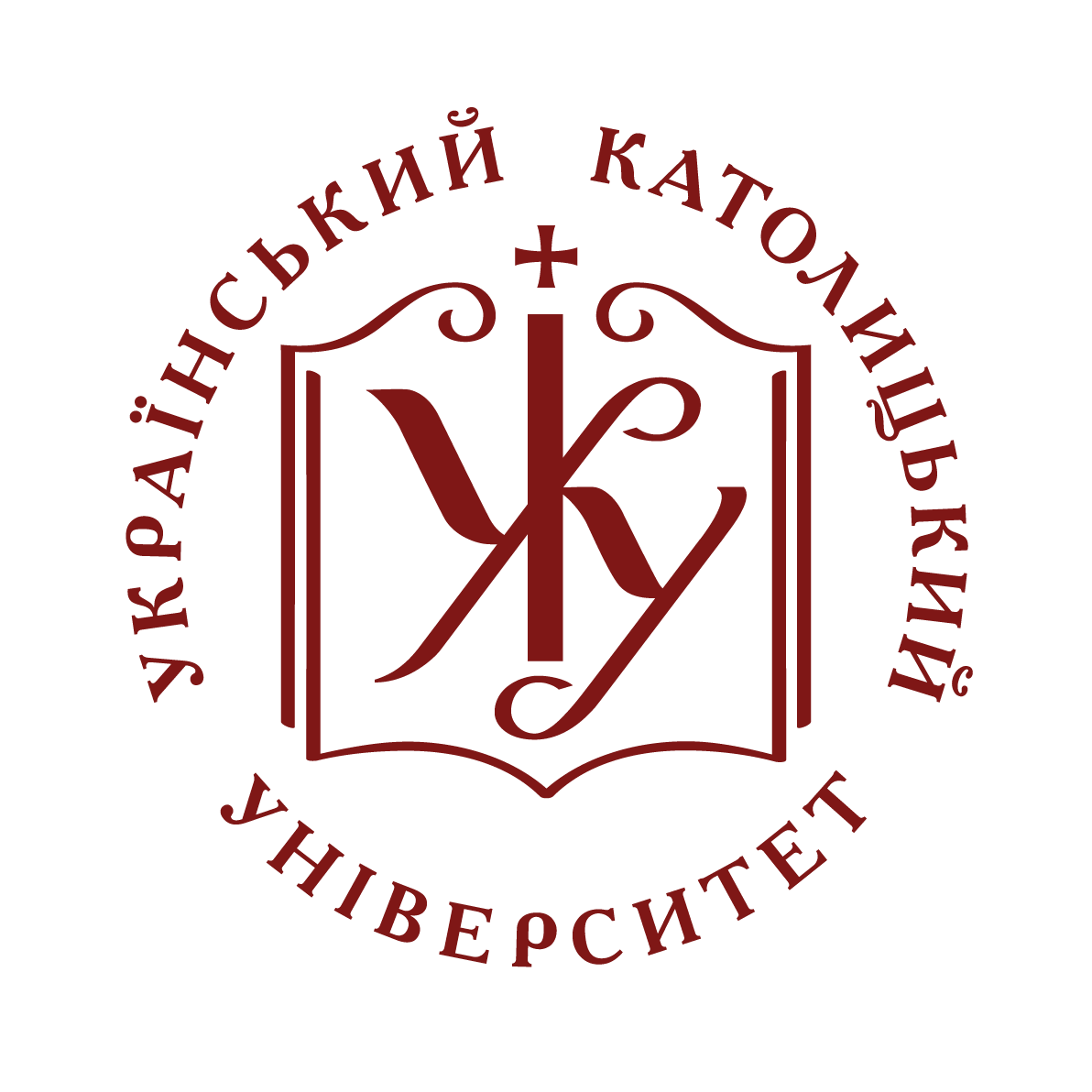- Домівка
- →
- Faculty of Philosophy and Theology | Філософсько-богословський факультет
- →
- Кафедра богослов’я
- →
- Статті
- →
- Перегляд матеріалів
Сценарії JavaScript вимкнено для Вашого браузера. Деякі функції цього сайту не будуть працювати без них.
Показати скорочений опис матеріалу
| dc.contributor.author | Kobelyukh, Klara Nadiya
|
|
| dc.date.accessioned | 2018-01-23T13:15:25Z | |
| dc.date.available | 2018-01-23T13:15:25Z | |
| dc.date.issued | 2017 | |
| dc.identifier.citation | Klara N. Kobelyukh, «Nicholas Cabasilas: The Sacramental Experience of the Faithful and Hesychasm» // Traditions recomposées : Liturgie et doctrine en harmonie ou en tension, Semaines d'Études Liturgiques Saint-Serge (SÉtL), Actes édités par André Lossky et Heinzgerd Brakmann avec la collaboration de Barbara Hallensleben, vol. 63 (Studia Oecumenica Friburgensia 80) / ред. A. Lossky, G. Sekulovski, Münster: Aschendorff Verlag 2017, 49-65. | uk |
| dc.identifier.isbn | 978-3-402-12025-5 | |
| dc.identifier.uri | http://er.ucu.edu.ua/handle/1/1184 | |
| dc.description | Liturgical symbolism of Nicholas Cabasilas | uk |
| dc.language.iso | en | uk |
| dc.publisher | Münster: Aschendorff Verlag | uk |
| dc.rights | CC0 1.0 Universal | * |
| dc.rights.uri | http://creativecommons.org/publicdomain/zero/1.0/ | * |
| dc.subject | sacramental experience | uk |
| dc.subject | harmony | uk |
| dc.subject | spiritual senses | uk |
| dc.subject | sacraments | uk |
| dc.subject | grace | uk |
| dc.subject | presence | uk |
| dc.subject | participation | uk |
| dc.subject | union | uk |
| dc.subject | liturgy | uk |
| dc.subject | liturgical (life, context, space, prayers, symbolism, rites) | uk |
| dc.title | Nicholas Cabasilas: The Sacramental Experience of the Faithful and Hesychasm | uk |
| dc.type | Article | uk |
| dc.status | Публікується вперше | uk |
| dc.description.abstracten | In his two main works, The Life in Christ, and A Commentary on the Divine Liturgy, Cabasilas points out that the mystery of Christ, while unseen, is at the same time perceived, experienced and present in the liturgical and sacramental life of His Church. The individual, in fact, must be born and perfect himself and his faith through the experience of a personal encounter with God in the liturgy. Sacramental experience is essential here: indeed, for Cabasilas, the sacraments are the doors through which God’s grace enters into a man. Thus, the author explains how to prepare one’s own spiritual senses to be receptive of this grace. If we do not prepare them in the present life, in the future life we will be blind and unable to feel all the happiness God prepared to us. It is in the sacred mysteries that we receive the inner eye and we should use it to see God’s light and gain a deeper knowledge of divine things, so to speak, and whoever does not develop this inner sight becomes spiritually sterile. The prayers and rites of the liturgy prepare man to receive God’s grace and to activate it through liturgical participation and the practice of the virtues; at the same time, it is Christ’s presence that sanctifies man through the liturgy. The liturgical symbolism helps the physical eyes to see the plenitude of divine mercy in the liturgical actions in a way that the mind becomes consonant with it, meditating Christ’s work of salvation. It is in the way that the soul becomes enflamed with God’s love. The sanctity of the Church is thus conceived not as a perfection already achieved, but as the path to perfection. Everything is already given by Christ, and the action of grace cannot be hindered by any human fault, even if it can be blocked by man’s negligence. | uk |
| dc.relation.source | Traditions recomposées : Liturgie et doctrine en harmonie ou en tension, Semaines d'Études Liturgiques Saint-Serge (SÉtL), Actes édités par André Lossky et Heinzgerd Brakmann avec la collaboration de Barbara Hallensleben, vol. 63 | uk |
Долучені файли
Наступні файли містять ліцензії, пов’язані з цим матеріалом:
Даний матеріал зустрічається у наступних зібраннях
-
Статті [73]
Articles



